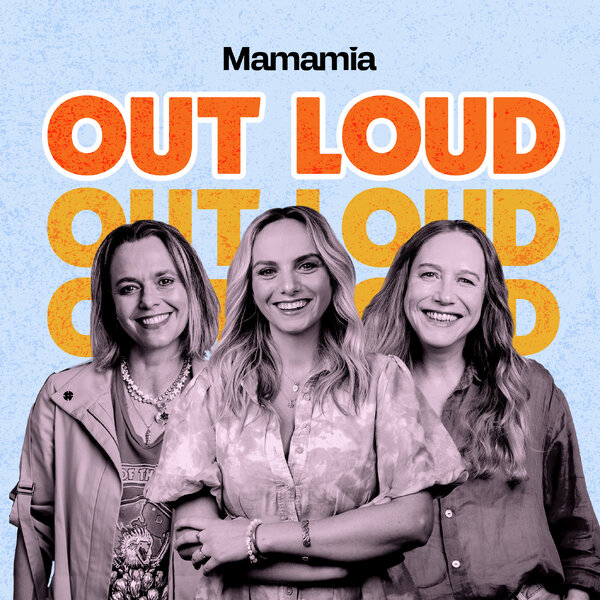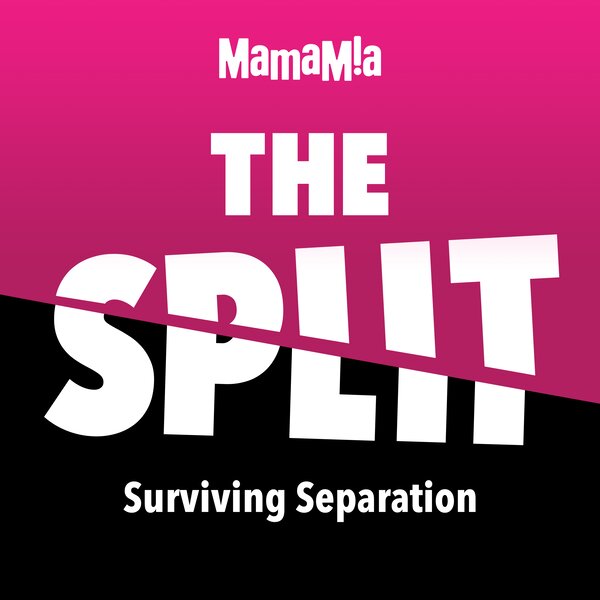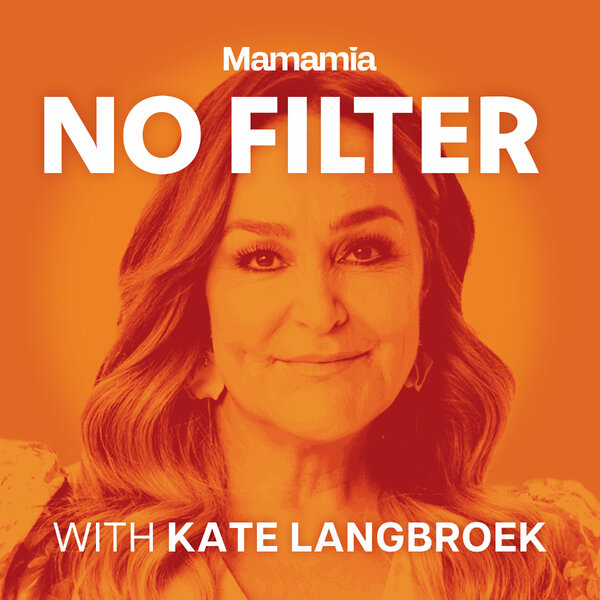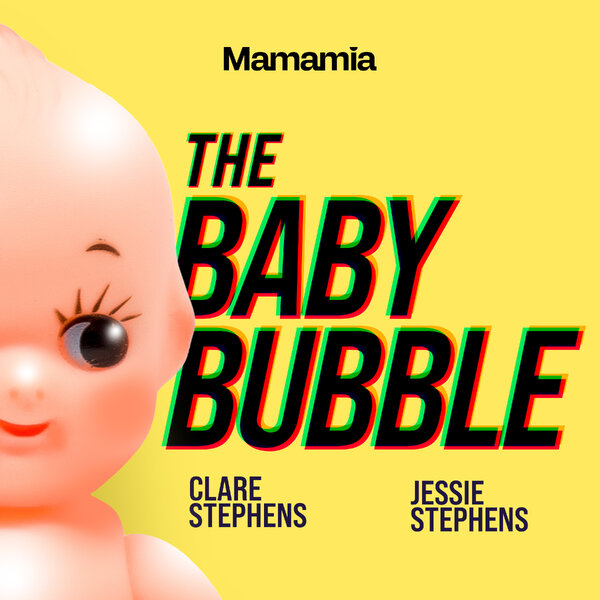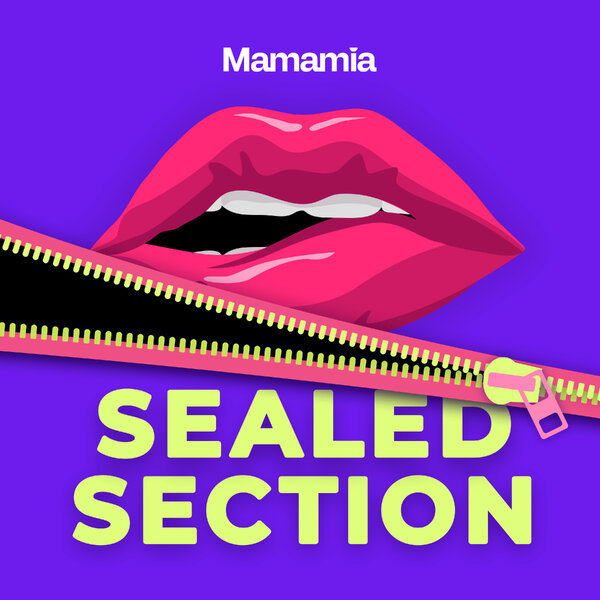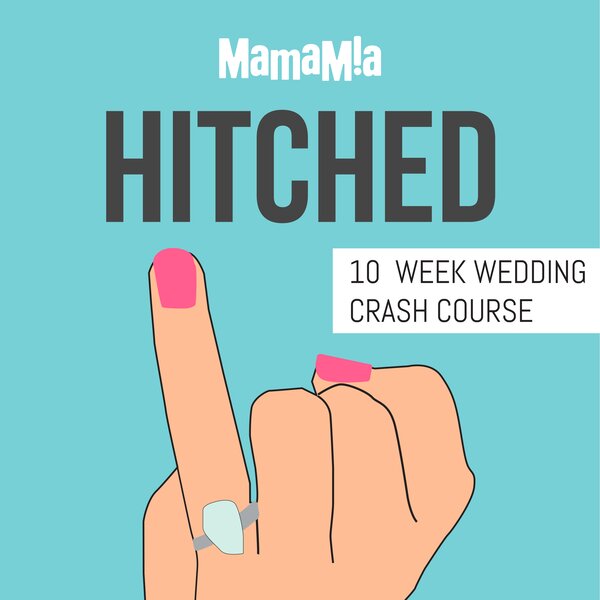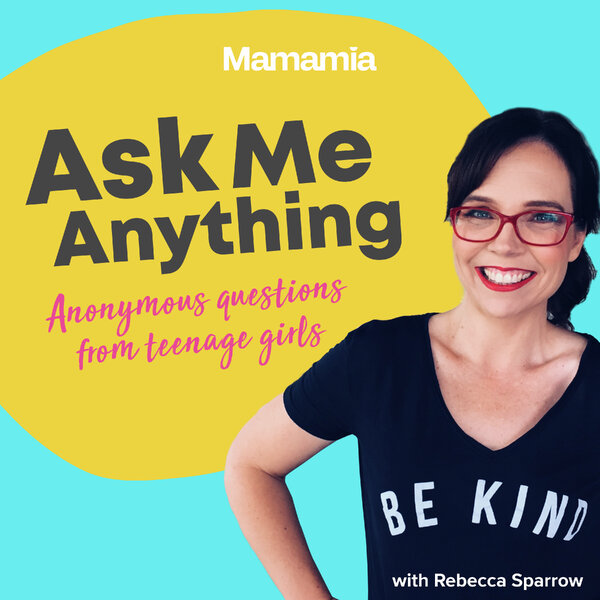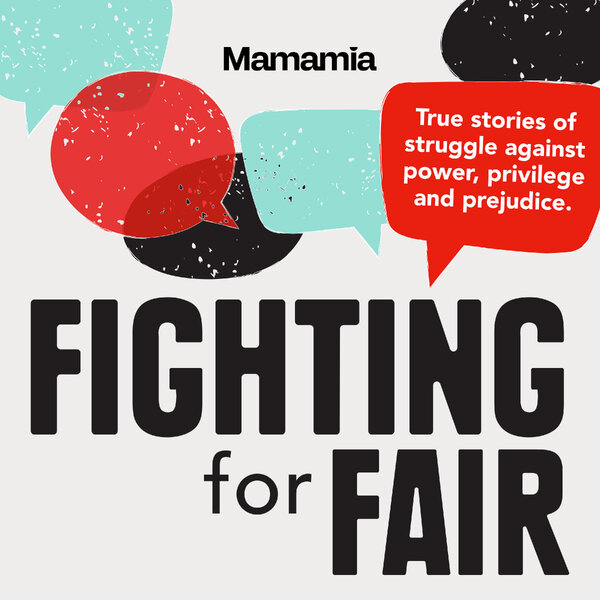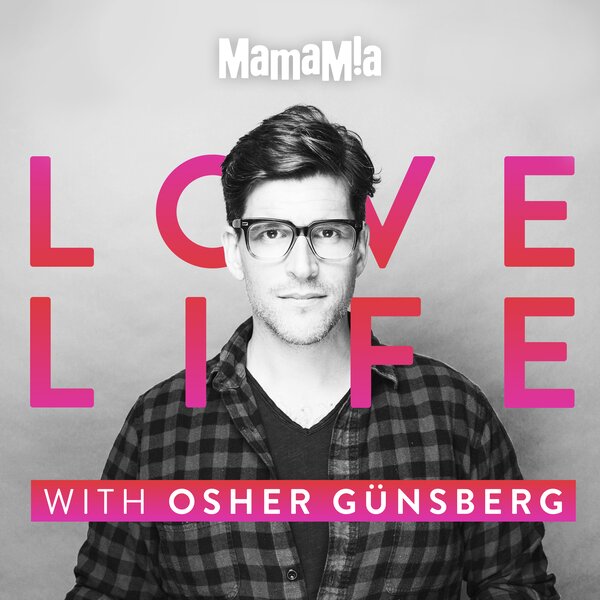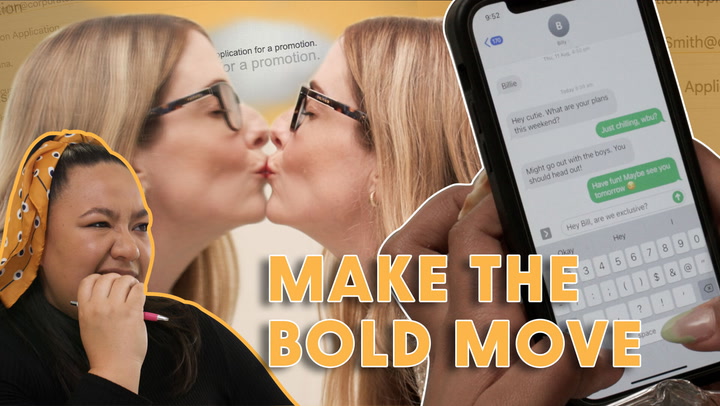
If you want to support independent women's media, become a Mamamia subscriber. Get an all-access pass to everything we make, including exclusive podcasts, articles, videos and our exercise app, MOVE.
Last year, my husband and I got married.
Naturally, we wanted a honeymoon. The only catch was that we wanted our honeymoon to last at least a year.
So, we (my husband, really) sat down and ran the numbers.
He calculated how much we'd need to save to be able to travel for a year, spending a total of $200 a day for both of us. This included the mortgage repayments on the property we share, accommodation, activities, food, flights… you get the picture.
When we were planning the trip, there wasn't a lot of resources for people in our same situation, so I thought sharing the dirty details on the internet could be a great idea. That, and I love being nosey, so wanted to repay the favour.
We used an app called TravelSpend to log our daily spending, which, if you're looking to do something similar, I cannot recommend enough. It was able to provide us with a daily running total, our deficit, and automatically translated the currencies to AUD.
